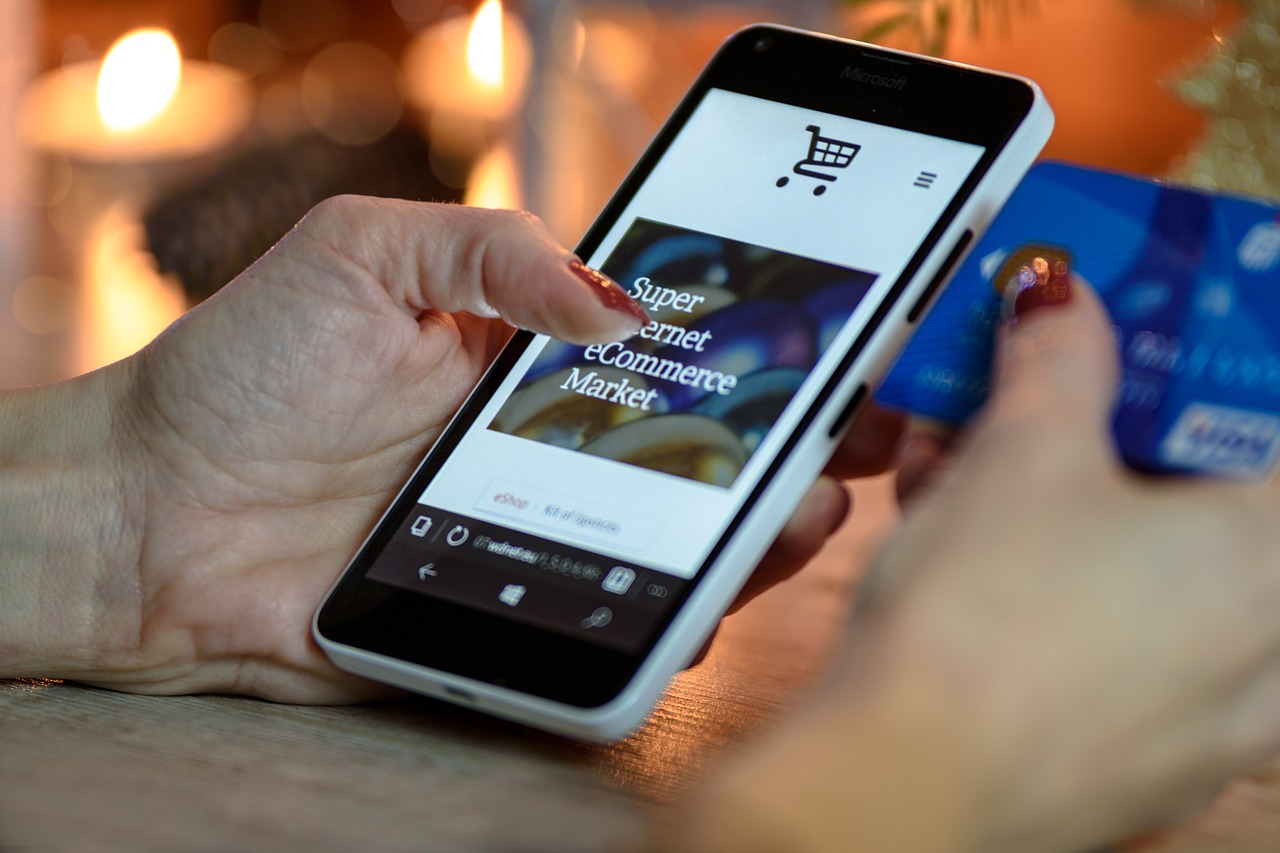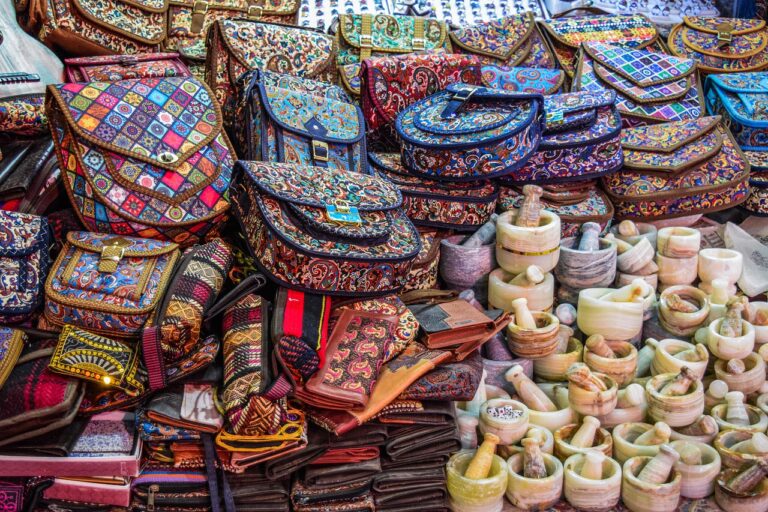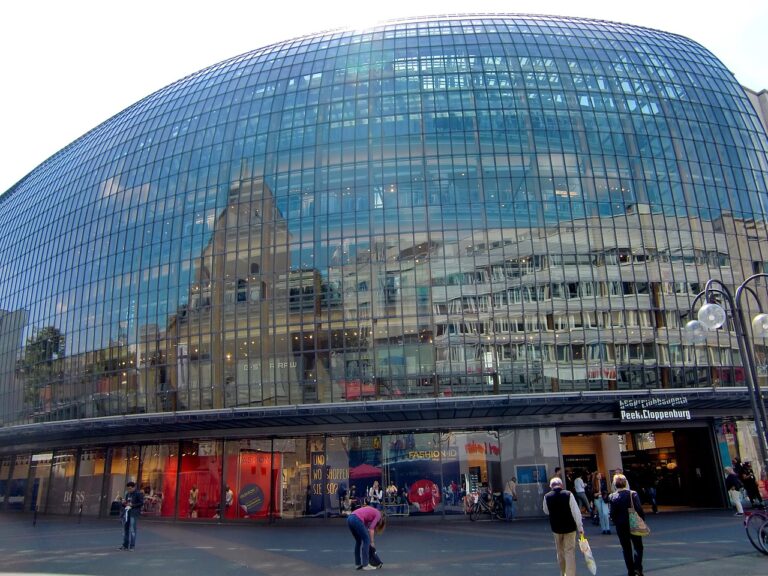The Role of Augmented Reality in Enhancing Shopping Experiences for Sports Equipment
Augmented Reality (AR) is a technology that superimposes computer-generated images, sounds, or other sensory enhancements on a real-world environment in real-time. AR overlays digital information onto the physical world, blending the virtual and physical realms seamlessly. By utilizing AR, users can experience an enhanced version of their surroundings, allowing for an interactive and immersive experience that goes beyond what is physically present.
One of the key aspects of AR is its ability to provide users with a personalized and tailored experience. Through the use of AR applications, individuals can interact with digital content in a way that is uniquely suited to their preferences and needs. This level of customization not only enhances user engagement but also opens up new possibilities for how we interact with technology in our daily lives.
Understanding the Current Shopping Experience for Sports Equipment
Shopping for sports equipment in traditional brick-and-mortar stores can sometimes be a time-consuming and overwhelming experience for customers. Upon entering a store, shoppers are often bombarded with an array of options and brands, making it challenging to narrow down their choices. Additionally, the limited physical space in stores can lead to difficulty in finding specific products or sizes, resulting in frustration for customers.
Furthermore, the lack of personalized assistance and expertise in traditional sports equipment stores can make it challenging for customers to make informed purchasing decisions. Without knowledgeable staff readily available to provide guidance and recommendations, shoppers may struggle to determine the best products to suit their needs and preferences. This lack of personalized service can contribute to a less satisfying shopping experience overall.
Traditional brick-and-mortar stores can overwhelm customers with a wide range of options and brands
Limited physical space in stores can make it difficult to find specific products or sizes
Lack of personalized assistance and expertise can hinder informed purchasing decisions for customers
Without knowledgeable staff, shoppers may struggle to determine the best products for their needs and preferences
Overall, the lack of personalized service in traditional sports equipment stores can lead to a less satisfying shopping experience
Challenges Faced by Customers in Traditional Shopping
Navigating through crowded aisles, dealing with limited inventory, and waiting in long checkout lines are common frustrations for customers when shopping for sports equipment in traditional brick-and-mortar stores. Customers often feel overwhelmed by the sheer volume of options available, leading to decision fatigue and uncertainty about which products to choose. Additionally, the lack of personalized recommendations and assistance from staff members can make the shopping experience even more challenging for customers seeking specific gear or guidance.
Moreover, the inconvenience of traveling to multiple stores in search of the right sports equipment can be time-consuming and exhausting for customers. Hunting for the desired size, color, or brand of products across different locations adds an extra layer of complexity to the shopping process. This disjointed and inefficient shopping journey not only tests the patience of customers but also increases the likelihood of them settling for a suboptimal choice due to limited options.
What is augmented reality?
Augmented reality is a technology that superimposes computer-generated images onto the user’s view of the real world, providing a composite view.
How do customers currently experience shopping for sports equipment?
Customers typically visit physical stores to browse through products, try them on, and make a decision based on their preferences and needs.
What are some challenges faced by customers in traditional shopping?
Some challenges include limited product availability, difficulty in finding the right size or style, lack of personalized recommendations, and long checkout lines.







